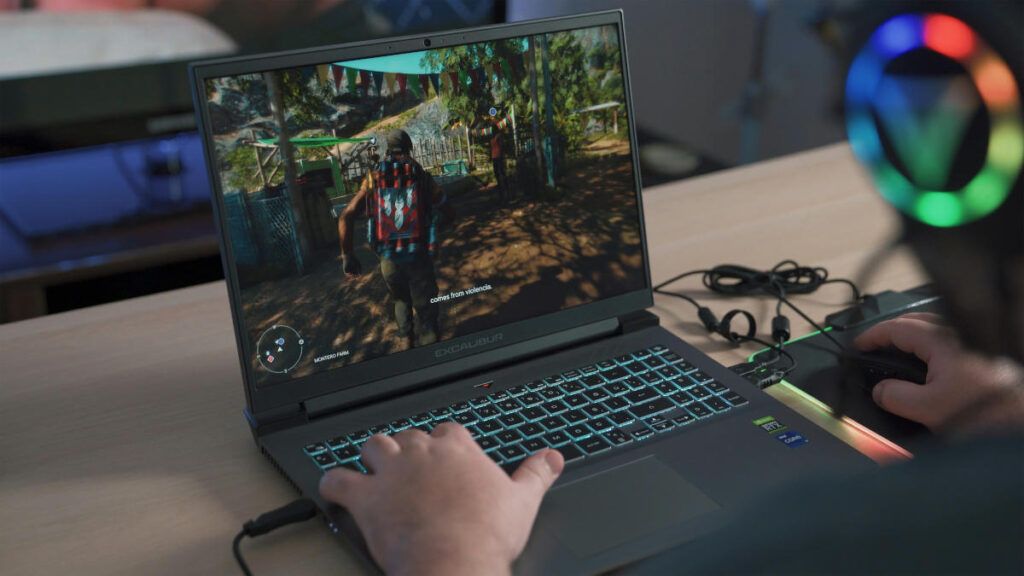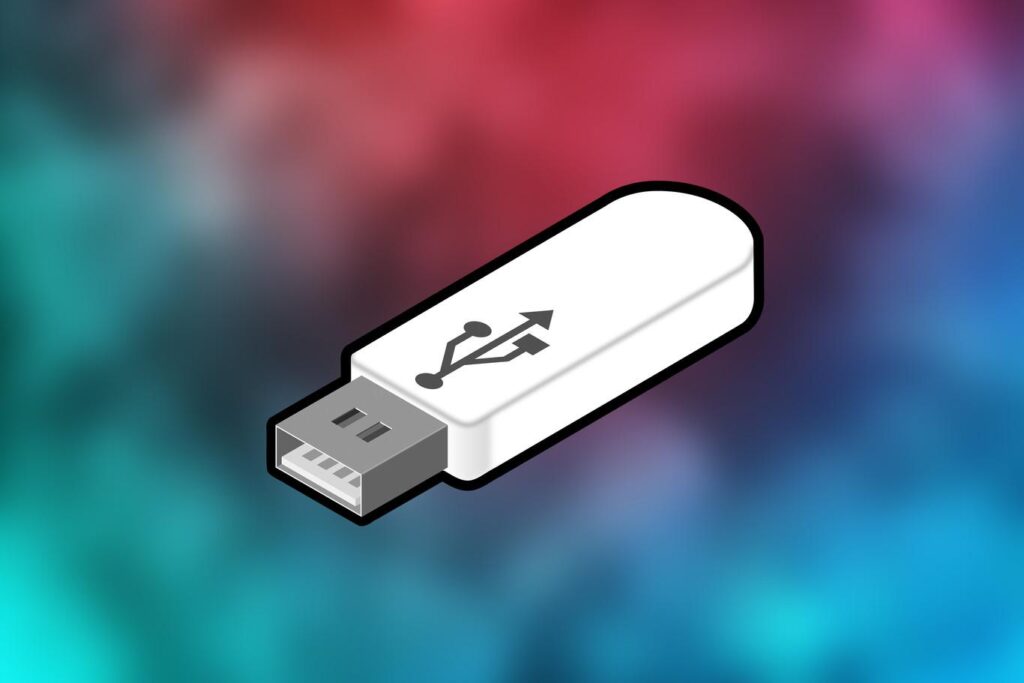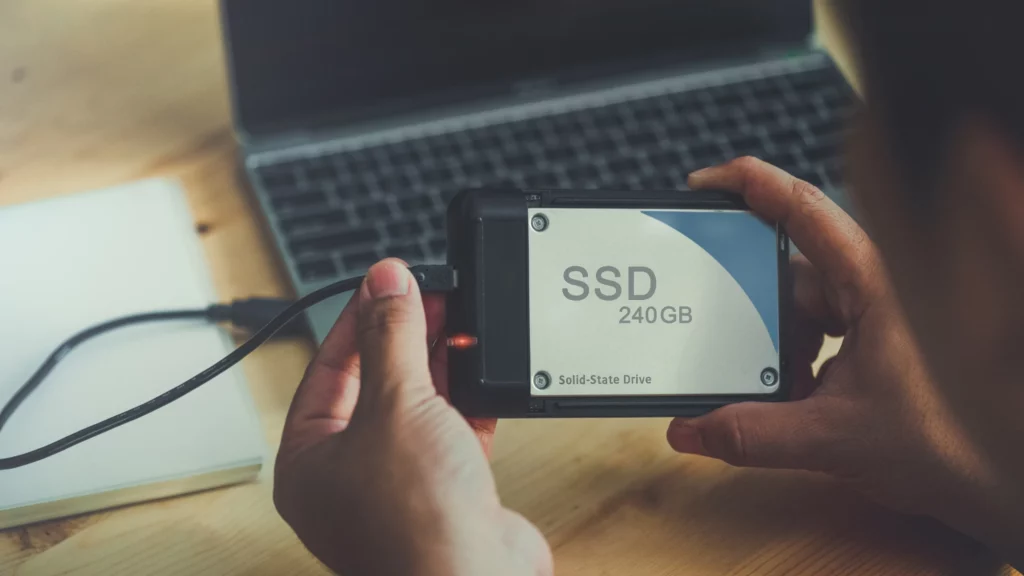- Prioritize balance: GPU with sufficient VRAM, NVMe SSD, and dual-channel RAM.
- TDP and cooling determine sustained CPU and GPU performance.
- Display according to use: 144 Hz at 1080p for gaming or high resolution and color for creating.

¿What to look for if you want to buy an Ultra laptop? Buying a high-end laptop that aspires to the "Ultra" label isn't just about comparing prices. What really makes the difference is knowing which components to look at. So that your computer performs as you expect it today and in a few years. If you play games, edit video, create 3D, or work with large datasets, you'll need a fine balance between graphics, CPU, RAM, SSD, display, ports, and, very importantly, TDP and cooling.
Before going into detail, it is important to set expectations. An "Ultra" laptop should combine a competent GPU with sufficient VRAM, a fast SSD, dual-channel memory, a display that's up to par with what you're doing, and thermal management that doesn't throttle performance. From there, it's a matter of understanding the key technologies and how they fit together.
What does it really mean for a laptop to be "Ultra"?
There is no official seal, but it is normal that "Ultra" implies Modern dedicated graphics with ray tracing support, powerful multi-core CPUAt least 16GB of expandable RAM, a fast NVMe SSD, good connectivity, and a high-refresh rate or high-resolution display, depending on your usage. Don't let them fool you: all components and heat dissipation must be consistent.
In practice, speaking of "Ultra" today leads to looking GPU VRAM, SSD type, TDP, and display. Support for hardware creation and streaming, and the ability to enable modern management and fast boot features in the BIOS also add points.
Graphics Card and VRAM: The Heart of Visual Performance

The GPU is crucial if you play games, create in 3D, or operate apps that are accelerated by CUDA, OpenCL, or similar. The more GPU power, the more graphical information is calculated and displayed per second., and the experience is better. VRAM is the key here: 6 GB can work for 1080p, 8 GB gives you headroom, and 12 GB or more works wonders for 1440p and heavy projects.
Between the two greats, Nvidia and AMD lead with proprietary technologiesNvidia brings DLSS to boost frame rates with AI and advanced ray tracing; AMD compensates with FSR and Smart Access Memory, which optimizes data flow between Ryzen and Radeon CPUs. If you're going to play with ray tracing, a GeForce RTX or Radeon RX 6000 series or higher is preferable.
Not everything is gaming: GPUs accelerate editing, AI, and streaming, and portable models such as MSI Claw A8 show how to find a balance between CPU and GPU in mobile devices.
Power references you'll see a lot: GeForce GTX 1060 or 1660 Super for solvent entry, RTX 2060/3060 for moderate RT gaming, and high levels with RTX 3080/3080 Ti/3090 Ti. On AMD, RX 6500 XT to start with, RX 6700 XT/6800 XT very solid, and RX 6900/6950 XT as the top of the range for its generation.
Ray tracing, virtual reality and live streaming
Ray tracing simulates light realistically. It is already a key technique for games and visualization with support for GeForce RTX and Radeon RX 6000+. If you have VR in mind, keep an eye on the requirements: popular headsets have historically required GTX 1060 or RX 480 GPUs as a base, and higher for fine fluidity.
If you stream, rate NVENC and Nvidia's Studio platform, or AMD's Adrenalin software, and capture solutions such as Elgato 4K S which reduce the load on the system. They allow you to broadcast and capture with less impact on frame rates; you may want to increase your GPU a notch if you'll be broadcasting with complex scenes and multiple sources.
CPU: cores, cache, instructions and TDP
The CPU sets the pace in heavy tasks and CPU-bound games. Look for multiple efficient cores with good turbo sustain and generous caches (L1, L2, L3) to reduce memory waits. Modern architectures like Panther Lake support SIMD extensions such as SSE and AVX that accelerate multimedia, encryption, or AI.
The difference between 32 and 64 bits is history today: 64 bits allow for addressing much more memory and huge numerical ranges, basic science, databases, or 8K editing. Every current “Ultra” laptop is x86-64, so you’ll be covered.
The TDP is not a decorative number: indicates the heat that the system must dissipate to maintain the frequencyIn laptops, a higher TDP requires a better chassis and ventilation; otherwise, thermal throttling and noise will occur. It's important that the manufacturer has sized the cooling system correctly and that you can configure thermal profiles.
RAM: quantity, channels and latencies
RAM holds multiple apps and large projects. For an "Ultra", 16 GB is the base and 32 GB is highly recommended. If you edit video, compile, or work with VMs, whenever possible, enable dual channels with identical modules to double the bandwidth.
In addition to speed, CAS latencies matter: lower values reduce delaySO-DIMMs are used in laptops; if the RAM is soldered, be sure to order the correct capacity from the factory. In critical environments, ECC memory detects and corrects errors, although this is not common in consumer laptops.
Storage: NVMe SSD vs. HDD and What You Need to Know
An “Ultra” rig requires an NVMe SSD for system and active projects. An NVMe over PCIe clearly outperforms a SATA, and both are light years ahead of an HDD. You'll notice booting in seconds, opening apps without waiting, and rendering or exporting much faster.
Although no one is going to install a system HDD in a laptop of this league today, it doesn't hurt to understand the basics: Magnetic disks organize data into cylinders, tracks, and sectors, its logical capacity is based on MBR or GPT, and modern addressing uses LBA. The BIOS or UEFI detects the disk, runs POST, reads the partition table, and hands over control to the boot sector or modern system manager.
You will also come across historical acronyms: IDE or PATA and SATA describe connection interfacesToday, NVMe over PCIe is the standard for speed; SATA is still good for mass storage, and USB-C allows for very decent portable external drives for backups or media.
Connectivity and ports: what you'll actually use

An "Ultra" without good ports is only half-baked. Look for USB 3.x, USB-C with DisplayPort Alt Mode, and if possible, Thunderbolt for eGPUs or external RAIDs. HDMI or, better yet, DisplayPort for high-speed monitors. RJ-45 2.5 GbE is a great option if you transfer a lot over a local network.
Inheritances you may see mentioned: VGA, DVI, S/PDIF, eSATA, FireWireThey're useful for general information, but the present is all about USB-C, DP, HDMI, and Wi-Fi 6/6E. For audio, consider a combined output with a quality microphone and, if you create content, a dedicated USB interface.
Display: Resolution, Refresh Rate, and Common Sense
The screen determines how you work and play. For competitive gaming, 1080p at 144Hz or higher is gold.For editing and detail, 1440p or 4K with good color coverage (sRGB or DCI‑P3) is worth it. Don't pay for more fps if the panel can't display it, or for more resolution if you'll need to scale everything.
Note that Ray tracing and high resolutions require a lot of GPU and VRAM.DLSS or FSR help, but it's a good idea to balance the screen and graphics so there's no bottleneck due to excess or lack of.
Motherboard, chipsets, and buses: why they matter even if you can't see them
In a laptop, you won't be changing the motherboard, but its design will affect you. The chipset manages the flow between CPU, RAM, SSD and GPU; it used to be divided into northbridge and southbridge, and today many functions reside within the processor itself. PCI Express determines the speed of the graphics card and SSD; the more lanes and the more modern the version, the better.
ATX, microATX or mini-ITX form factors are from the desktop world, useful if you are going to set up a fixed or workstation. If you are considering eGPU or docks with multiple outputsKnowing how to differentiate between PCIe x1 and x16 slots and recognizing internal connectors helps you understand bottlenecks and compatibility.
At boot, the BIOS or UEFI performs POST, detects memory and devices, and reads parameters from the battery-backed CMOS. A well-designed firmware with clear options and quick start-up provides more than it seems..
Memory types and modules: the essentials without getting lost
The main memory is DRAM; SRAM is used as a cache due to its low latency. In terms of modules, DIMMs are reserved for desktops, while SO-DIMMs reign supreme in laptops. DDR, DDR2, DDR3, DDR4, and DDR5 represent generations with higher speeds and lower voltages; in current systems, you'll see DDR4 or DDR5. Always aim for dual channels with twin modules to avoid sacrificing performance.
If you move around with cards, recognizing formats helps: SD and SDHC dominate in cameras and recorders, with classes indicating minimum speed; there are also CompactFlash and Memory Stick cards still present in older or specific devices.
External storage, copies and optical media
For backups, a good USB-C external SSD or a Thunderbolt RAID array will save the day. Those who require professional scalability can look at iSCSI or Fibre Channel SAN solutions., common in video studios or data servers.
Optical discs still exist and can be useful for cold archiving or distribution. A CD stores about 700 MB with a single spiral trackDVDs go up to 17 GB combining sides and layers, and Blu-ray offers 25 GB per layer, 50 GB for dual-layer, and more for modern multi-layer systems. If you burn discs, clean them radially and avoid harsh chemicals.
Interfaces and transfer modes that will sound familiar to you
IDE or Parallel ATA used wide cables and PIO and DMA modes; UDMA brought rates up to 133 MB/s back in the daySATA arrived with 1.5, 3, and 6 Gb/s; today, PCIe and NVMe raise the bar several times higher. In the BIOS, LBA addressing replaced CHS to overcome primitive capacity limits.
Even if you're now working with NVMe and USB-C, Having this context helps you diagnose, choose docks, and understand why some cases limit the performance of external drives.
Models and ranges: setting expectations
When orienting yourself, think in terms of GPU classes rather than exact laptop names. A GTX 1060 or 1660 Super represents base playability at 1080p, an RTX 2060 or 3060 already allows RT with tweaks; RTX 3080 or 3080 Ti fly at 1440p, and 3090 Ti is a beast for 4K and creation. On AMD, the RX 6500 XT is a good starter, the 6700 XT and 6800 XT are very capable, and the 6900/6950 XT mark the ceiling of their generation. Transfer that idea to the mobile world according to equivalences.
Within the ecosystem, don't underestimate the software: Nvidia Studio or AMD Adrenalin make a difference in stability, drivers, and tools for creatives.
Thermal, noise and chassis design
At similar power, the one that cools the best wins. A heatsink with generous heatpipes and two quality fans supports real turbo and it's quieter. Customizable thermal profiles and clean air intakes extend the life of the system. The TDP the system can sustain distinguishes a true "Ultra."
BIOS, boot, and partitions: little things that are appreciated
A good firmware allows you to enable UEFI boot, fan management, power profiles, and advanced NVMe support. GPT partition tables avoid the limitations of the classic MBR and allow for larger volumes. If you look at disks in Linux, the fdisk -l command lists partitions and sizes without complications.
Ancient ports and useful curiosities
If you come from older computers, you will be familiar with PS/2 for keyboard and mouse, serial and parallel ports, AGP for graphics before PCIe, and even floppy drivesThey're history now, but understanding their purpose helps maintain compatibility with older devices via the correct adapters.
Quick checklist before buying
So you don't miss anything, check this out: Balance between GPU, CPU and display, enough VRAM for your resolution, an NVMe SSD as the primary drive, 16-32 GB dual-channel RAM, modern ports, and cooling that matches the TDP. Add in a decent battery if you're traveling and a compact charger if you're on the go.
- Current dedicated graphics card with 8GB of VRAM or more for 1440p and ray tracing; DLSS or FSR support depending on the brand.
- Modern multi-core CPU, generous cache, and AVX instructions; well-resolved TDP and dissipation to sustain turbo.
- Dual-channel RAM, NVMe SSD for system and projects; option to add a second SSD if the chassis allows.
- Display aligned with your usage: high resolution 1080p for competitive gaming or high resolution and color for creative use; modern USB-C, DP, and HDMI ports.
Whenever you compare "Ultra" laptops that you like, question about the sustained thermal limit and the quality of the VRMs, because that's where the GPU and CPU's true performance comes in, or just the specs. With these factors in mind, you'll have a clear idea of what to look for beyond price and how to prioritize what truly delivers value.
Passionate about technology since he was little. I love being up to date in the sector and, above all, communicating it. That is why I have been dedicated to communication on technology and video game websites for many years. You can find me writing about Android, Windows, MacOS, iOS, Nintendo or any other related topic that comes to mind.
